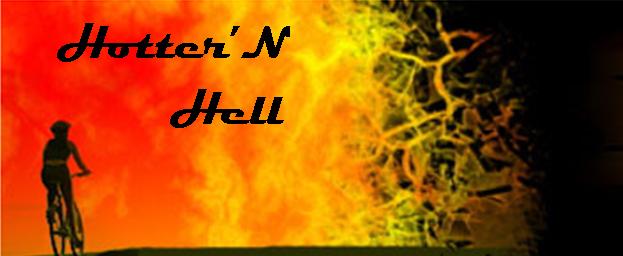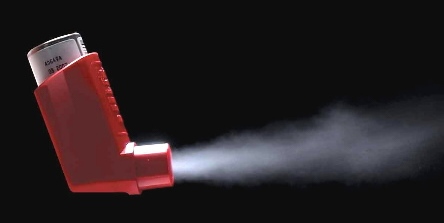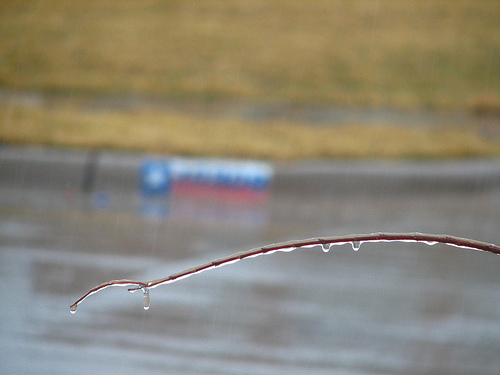Parts of 32 states are under heat advisories, warnings or watches today as the deadly heat wave that has blasted the Midwest expanded eastward.
Actual temperatures in Washington, D.C., Philadelphia and New York were expected to hit 100 degrees in the coming days with heat indexes — measured as a combination of temperature and humidity — reaching 110 degrees in those cities.
The Weather Service also issued a list of heat index highs topped by 4 Iowa towns: Knoxville, 131 degrees; Newton, 129; Atlantic, 126; and Council Bluffs, 126. Freeport, Ill., and Madison, Minn., followed at 124.
In Austin, where we have already had 35 days of triple digit temperatures and are expected to have more in the remaining months of summer, we have had a slight break with the highs dipping to 99 degrees as the dome of high pressure hovers north of us and expands eastward, but can expect to move back into our routine of 100 plus degree highs soon.
The heat wave has been blamed for at least 13 deaths since last week, the National Weather Service reported.
High temperatures were also responsible for an alarming spike in deaths of illegal immigrants trying to cross into the United States, according to the U.S. Border Patrol. It did not say, however, exactly how many had died due to weather, but they deployed search and rescue units in the south Texas brush country.
The heat also set new peak records for electricity usage.
Xcel Energy, which serves 1.64 million customers in North Dakota, South Dakota, Wisconsin and Minnesota, broke a demand record on Monday with 9,504 megawatts of power used following the old record set in August 2010 of 9,100 megawatts.
In Nebraska, flood control work along the overflowing Missouri River was halted due to the heat, as officials worried that filling sandbags was too strenuous.
In Illinois, the second-largest corn and soybean producing state, the heat and humidity were not yet damaging crops, but a lack of rain is cause for concern. Texas farmers and ranchers know all too well the impact a long period of heat and no rain can have on herds and crops.
Heat is the number one weather-related killer in the United States.
The National Weather Service statistical data shows that heat causes more fatalities per year than floods, lightning, tornadoes and hurricanes combined.
Based on the 10-year average from 2000 to 2009, excessive heat claims an average of 162 lives a year. By contrast, hurricanes killed 117; floods 65; tornadoes, 62; and lightning, 48.
So everyone should learn the hazards of heat and the symptoms of heat related illnesses. The following is from www.weather.gov
Sunburn
- Symptoms: Redness and pain. In severe cases swelling of skin, blisters, fever, headaches.
- First Aid: Ointments for mild cases if blisters appear and do not break. If breaking occurs, apply dry sterile dressing. Serious, extensive cases should be seen by physician.
Heat Cramps
- Symptoms: Painful spasms usually in muscles of legs and abdomen possible. Heavy sweating.
- First Aid: Firm pressure on cramping muscles, or gentle massage to relieve spasm. Give sips of water. If nausea occurs, discontinue use.
Heat Exhaustion
- Symptoms: Heavy sweating, weakness, skin cold, pale and clammy. Pulse thready. Normal temperature possible. Fainting and vomiting.
- First Aid: Get victim out of sun. Lay down and loosen clothing. Apply cool, wet cloths. Fan or move victim to air conditioned room. Sips of water. If nausea occurs, discontinue use. If vomiting continues, seek immediate medical attention.
Heat Stroke
- Symptoms: High body temperature (106° F or higher). Hot dry skin. Rapid and strong pulse. Possible unconsciousness.
- First Aid: Heat stroke is a severe medical emergency. Summon emergency medical assistance or get the victim to a hospital immediately. Delay can be fatal.
Safety Tips
- Slow down. Strenuous activities should be reduced, eliminated, or rescheduled to the coolest time of the day. Individuals at risk should stay in the coolest available place, not necessarily indoors.
- Dress for summer. Lightweight light-colored clothing reflects heat and sunlight, and helps your body maintain normal temperatures.
- Put less fuel on your inner fires. Foods that increase metabolic heat production also increase water loss.
- Drink plenty of water or other non-alcohol fluids. Your body needs water to keep cool. Drink plenty of fluids even if you don’t feel thirsty. Persons who (1) have epilepsy or heart, kidney, or liver disease, (2) are on fluid restrictive diets or (3) have a problem with fluid retention should consult a physician before increasing their consumption of fluids. Do not drink alcoholic beverages.
- Spend more time in air-conditioned places. Air conditioning in homes and other buildings markedly reduces danger from the heat. If you cannot afford an air conditioner, spending some time each day (during hot weather) in an air conditioned environment affords some protection.
- Don’t get too much sun. Sunburn makes the job of heat dissipation that much more difficult.
So until the heat breaks, probably mid to late September for those of us in Central Texas, stay safe and hydrated.
Read Full Post »






